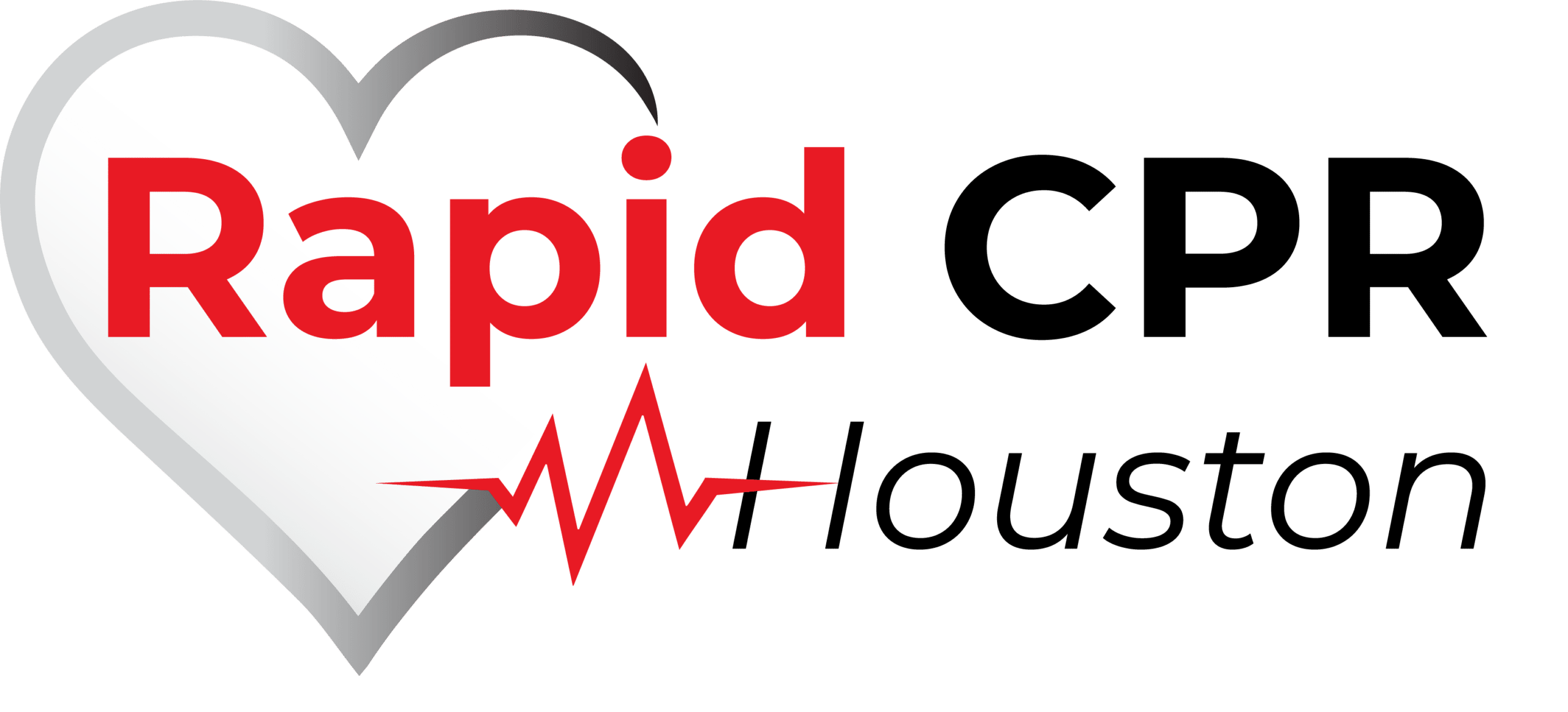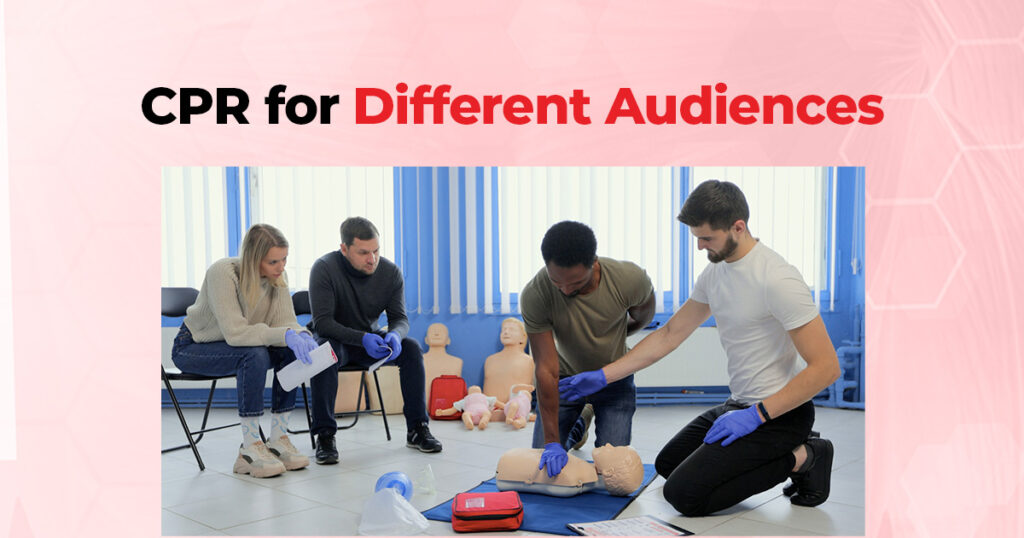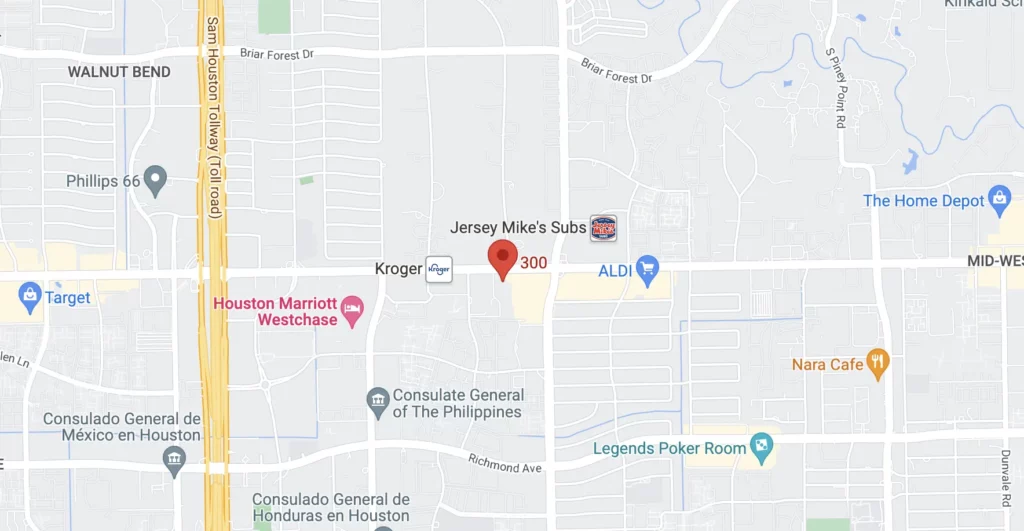Adapting CPR Training for Diverse Needs
CPR training is a vital component of emergency preparedness for individuals from different walks of life. As a necessary life-saving skill, it is essential that CPR classes are adaptable and tailored to cater to diverse needs, addressing particular challenges and situations relevant to each audience. At Rapid CPR Houston, we are committed to providing comprehensive and inclusive CPR classes in Houston, Texas, designed with every participant in mind. Our goal is to ensure that anyone who seeks to learn this crucial skill is adequately equipped for emergencies that may arise in their personal or professional lives.
In this article, we present an overview of the various audiences for whom our CPR classes are designed, highlighting how our training techniques and approaches cater to the unique needs of each group. We will delve into the particular challenges, concerns, and goals associated with these distinct groups, ensuring that everyone can learn CPR effectively and with confidence. By understanding the distinct needs of different audiences, we can create tailored training programs that maximize proficiency, empower individuals and, ultimately, save lives.
CPR for Infants: Special Considerations and Techniques
Administering CPR to infants is notably different from performing it on adults or children. Due to their fragile and smaller bodies, a gentler approach is required to avoid causing injury while still providing effective resuscitation. Rapid CPR Houston offers specialized courses and guidelines for infant CPR, including:
- Proper Hand Positioning: When performing chest compressions on infants, use two fingers (the index and middle fingers) to press gently on the breastbone. This ensures appropriate pressure is applied without risking harm to the infant’s delicate body.
- Compression Depth and Rate: For infants, the recommended depth of chest compressions is approximately 1.5 inches, with a rate of 100-120 compressions per minute. This differs from the 2-inch depth and rate of 100-120 compressions per minute recommended for adults and children.
- Rescue Breaths: When providing rescue breaths to an infant, create a seal over both the nose and mouth to ensure adequate airflow. Additionally, use a gentler breath force to avoid over-inflating the infant’s lungs.
CPR for Children: Adjusting Techniques for Younger Ages
When administering CPR to children between the ages of one and puberty, certain modifications must be made to ensure the most effective approach without causing unnecessary harm. Important considerations for CPR in children include:
- Hand Positioning and Compression: For children, perform compressions using one hand (for smaller children) or two hands (for larger children), placing the heel of the hand in the center of the chest. This allows for appropriate pressure to be applied to the child’s smaller frame.
- Compression Depth and Rate: Chest compressions for children should be performed at a depth of approximately 2 inches, maintaining the rate of 100-120 compressions per minute, similar to the guidelines for adults.
- Rescue Breaths: When providing rescue breaths to children, cover their mouth with yours and pinch their nose shut. Be mindful of using a breath force that is appropriate for the child’s lung capacity, not as forceful as for adults.
CPR for Elderly Individuals: Specific Needs and Challenges
Elderly individuals may face unique challenges when it comes to CPR administration, making it crucial to approach their needs with sensitivity and expertise. Rapid CPR Houston covers essential aspects of CPR for elderly individuals, such as:
- Managing Pre-existing Health Conditions: Elderly individuals may have pre-existing health conditions that can complicate CPR administration, such as osteoporosis, arthritis, or a pacemaker. It is crucial to adapt techniques as necessary, ensuring that appropriate pressure is applied without causing injury or compromising the effectiveness of the intervention.
- Understanding Limitations: Elderly individuals may have decreased physical strength or endurance, making it essential to approach their CPR training with patience and understanding. Instructors at Rapid CPR Houston strive to accommodate these limitations while ensuring participants acquire the necessary CPR skills.
- Promoting Independence: Encouraging elderly individuals to learn CPR not only empowers them to save others in an emergency but also boosts their confidence and sense of independence. Our courses emphasize the importance of staying vigilant and prepared, no matter one’s age.
CPR for Pregnant Women: Adapting Techniques for Optimal Care
Pregnant women may require special considerations when administering CPR to protect both the mother and the unborn child. Rapid CPR Houston offers guidance on performing CPR for pregnant women, covering important modifications, including:
- Hand Positioning and Compression: Since pregnant women may have an enlarged abdomen, adjust the hand position for chest compressions to ensure optimal effectiveness. Aim to compress the sternum without causing undue pressure on the abdomen.
- Leftward Tilt: If a pregnant woman is in the advanced stages of pregnancy, tilting her body slightly to the left may help improve blood flow and venous return. This adjustment can be achieved by placing rolled towels or blankets under the right side of the woman’s back.
- Additional Measures: Ensure that 911 is called immediately, as pregnant women may require additional medical support to stabilize their condition and protect their unborn child.
Each of these specialized groups requires tailored CPR training techniques to ensure that lives can be saved in a variety of circumstances. By addressing the unique needs and challenges faced by infants, children, elderly individuals, and pregnant women, Rapid CPR Houston prepares individuals to act decisively and effectively in emergency situations involving diverse populations. Our mission is to equip everyone, no matter their background, with the confidence and proficiency they need to make a difference in times of crisis.
Embrace Inclusive CPR Training for All Audiences
Understanding the unique needs and challenges associated with different groups is essential in providing comprehensive and inclusive CPR training that saves lives in a wide range of scenarios. At Rapid CPR Houston, our tailored courses for infants, children, elderly individuals, and pregnant women ensure that participants gain the necessary knowledge and skills to administer CPR safely and effectively in any situation.
The importance of being prepared for emergencies involving diverse populations cannot be overstated. Commit now to expanding your proficiency by enrolling in specialized CPR courses in Houston tailored to different audiences. With the guidance and expertise provided by Rapid CPR Houston, you too can become an empowered individual, capable of making a lasting impact and saving lives when it matters the most.





